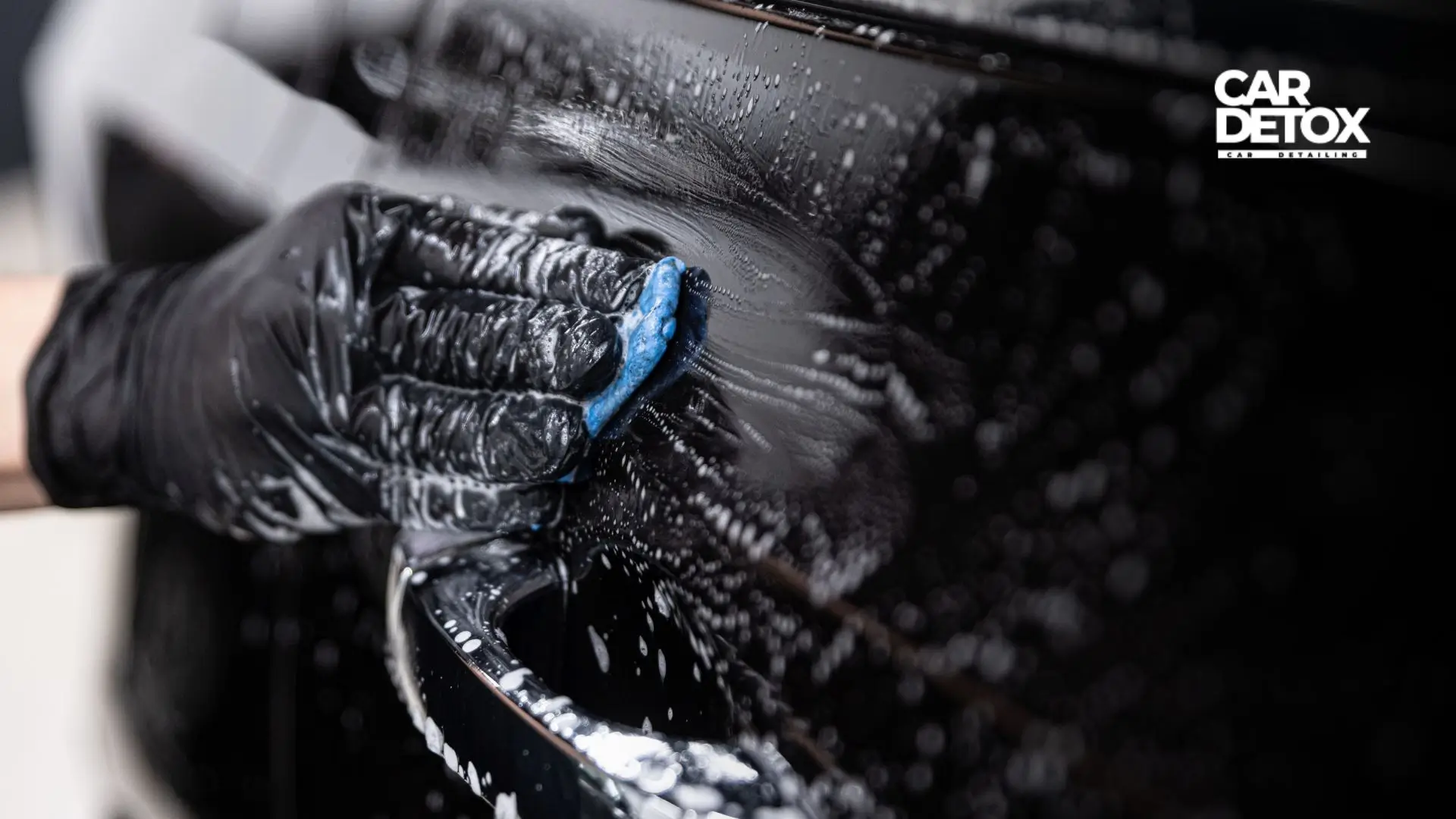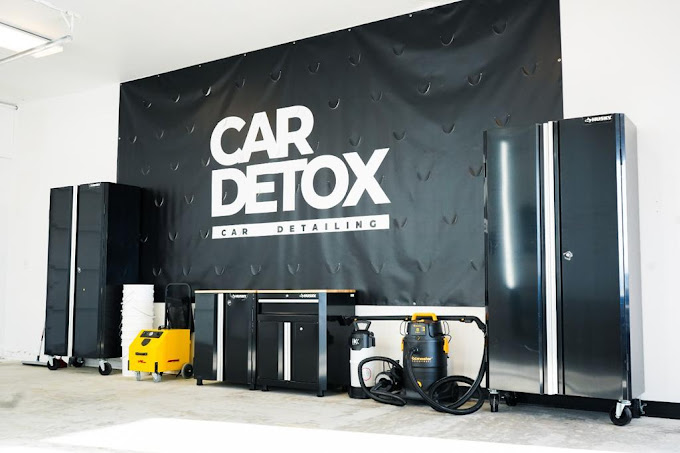- How Does Clay Bar Treatment Work?
- Is Clay Bar Treatment Worth It?
- Benefits of a Clay Bar Treatment
- What is Clay Bar Made Of?
- Clay Bar Kits: What's Included?
- Types of Clay Bars
- Clay Bar Car Before and After: What to Expect
- How Much Does a Clay Bar Treatment Cost?
- Finding Clay Bar Treatment Near Me
- How Often Should You Use a Clay Bar?
A clay bar treatment is a vital process in car detailing designed to lift deeply embedded contaminants from the paintwork, leaving the surface smooth and primed for additional care. While washing removes surface dirt, a clay bar targets stubborn particles that cling to the paint, such as brake dust, tree sap, and industrial fallout. Using a clay bar before waxing or polishing ensures these contaminants don't interfere with achieving a perfect shine.
How Does Clay Bar Treatment Work?
Clay bars, generally made from a mix of synthetic resins, function by creating slight adhesion. When gently rubbed across a lubricated section of the car, the clay bar picks up contaminants, producing a smoother surface without scratching the paint. Each swipe lifts particles that routine washing can't, resulting in a pristine finish and enhanced surface clarity.
Is Clay Bar Treatment Worth It?
For car enthusiasts, clay bar treatment is worth the investment, as it revives the look and feel of the paint, making it feel silky and primed for a polish or wax application. Since contaminants like tar and rail dust can degrade paint over time, using a clay bar helps protect the vehicle’s appearance and long-term condition. Regular clay bar treatments also maintain a car's value by reducing visible flaws on the paint surface
Benefits of a Clay Bar Treatment
- Improves Paint Quality: A clay bar can smooth the paint and remove contaminants, restoring a polished look.
- Preps for Wax or Polish: Removing impurities allows wax and polish to adhere better, which means your car’s shine lasts longer.
- Extends Paint Lifespan: By removing abrasive particles, clay bar treatments reduce the risk of paint corrosion.
- Enhances Shine: After treatment, cars often look like they've had a professional detail, making them appear newer and more valuable
What is Clay Bar Made Of?
Clay bars are typically made from either natural or synthetic resin. While traditional clay bars are natural, synthetic ones are now common due to their versatility and affordability. Both types have the flexibility needed to contour to a vehicle's surface, effectively lifting contaminants without damaging the paint.
Clay Bar Kits: What's Included?
Most clay bar kits come with clay bars and a lubricant spray to prevent scratching. High-quality kits, such as those from brands like Mothers or Meguiar's, include everything needed for a complete clay bar treatment. Lubrication is essential, as it allows the clay bar to glide smoothly without risking surface damage. Some kits may also include microfiber towels to polish the car post-treatment
For those interested in a DIY approach, clay bar kits are available, containing everything needed for a basic treatment:
- Clay Bar: Available in different grades.
- Lubricant: Essential to avoid scratching the paint while claying.
- Microfiber Towels: For wiping down the surface post-treatment.
Many clay bar kits are cost-effective, but it’s essential to follow instructions carefully to avoid causing accidental damage.
Types of Clay Bars
There are several grades of clay bars, each suited to different levels of contamination:
- Fine Grade: For light contaminants; suitable for newer or regularly maintained cars.
- Medium Grade: Handles moderate buildup, like tree sap or tar; ideal for cars exposed to harsher environments.
- Heavy Grade: Best for severe contamination but can leave minor marring, which may need polishing afterward.
Clay Bar Car Before and After: What to Expect
After a clay bar treatment, you can expect the paint to feel smoother and appear more vibrant. The process removes minor imperfections, which results in a more polished, shiny surface. Before and after comparisons are often dramatic—paint that felt gritty or looked dull can regain its gloss and vibrancy, giving your car a refreshed appearance.
How Much Does a Clay Bar Treatment Cost?
Professional clay bar treatments typically cost between $50 and $150, depending on the car's size and contamination level. DIY kits range from $20 to $50, offering an affordable alternative for those comfortable with self-application. While DIY requires time and attention to detail, the cost savings and sense of accomplishment can be rewarding.
Finding Clay Bar Treatment Near Me
Looking for a local professional? At Car Detox, we offer clay bar treatments as part of our car pampering services. A quick online search for “clay bar treatment near me” or checking with local detailing shops should yield Car Detox. Ensure you review ratings and testimonials, as high-quality clay bar treatments require expertise to avoid scratches or paint marring.
How Often Should You Use a Clay Bar?
Typically, clay bar treatments are recommended once or twice a year, depending on exposure to environmental contaminants. If the paint feels rough or loses its shine between treatments, it may be time for another session. Regular clay bar treatments help maintain a car’s aesthetic appeal and preserve the paint, ultimately increasing longevity and value.
Revitalize your ride with our expert car detailing in Tualatin! Contact us today to bring back that showroom shine.
Revive your ride anytime, anywhere
Schedule AppointmentQuestions? Call us now!






